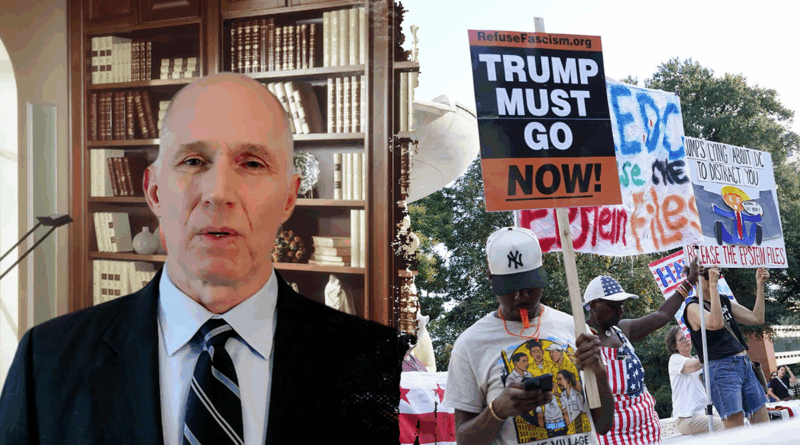Trump Challenges Crime Rate Drop in D.C. despite Contrary Statistics
On Monday, former President Donald Trump indicated the anticipation of a press briefing, suggesting it will be centered on curbing rising crime rates in Washington D.C. This followed an ongoing initiative from his administration to enhance federal law enforcement visibility in the city. Sightseeing spots and busy city areas have witnessed heightened deployment of additional federal officers over the week.
Trump utilized his social media platform, Truth Social, to label D.C. as a city with severe safety concerns globally. However, this assertion has been contested by both city and federal statistical data. It is reported that annual crime rates hint at a contrary trend, indicating a considerable drop in violent crime in the district.
Justice Department reports stated a significant reduction of 35% in violent crime from 2023 to 2024. This is the most substantial drop in over three decades. The police department of D.C. revealed data earlier this month, showing a continuous decrease in such criminal acts, with a 26% decline in violent crime year after year.
Worth mentioning here is the specific decrease in several types of violent crime. Police cited a 12% drop in murders, 49% drop in sexual abuse incidents, 20% decline in assault cases involving dangerous weapons, and a decrease in robberies by 28%, all within a year. Concurrently, property crime has seen a salutary trend as well.
Statistical data confirms a reduction in burglary by 19%, vehicle theft by 4% and other types of theft by 6%. Despite these stark statistics, Trump continues to depict the American capital as one tackling high crime rates, comparing it with the most perilous cities globally.
Expressing concern, Trump criticized the soaring criminal activities during a previous week’s press conference. ‘The rise in prevalent crime like mugging and murder is unacceptable’, he observed. ‘We’ll curtail it, potentially utilizing the national guard promptly if necessary,’ he added.
He argued that the heightened crime rates are due to young individuals’ involvement, referencing several incidents wherein youth assembled in masses, leading to scuffles and participating in illegal activities. These rising concerns ultimately led the district to enforce curfews to control the situation.
Given the circumstances, many theorize Trump might steer the upcoming conference towards federal involvement in the city’s security. Discussions may involve the potential federalization of the D.C. police, in which case, federal authorities will take over local law enforcement.
So far, the mayor of Washington D.C., Muriel Bowser, hasn’t publicly addressed the mistaken notion about escalating violent crimes. Her staff responded to media queries, stating she has reserved her comments on these allegations for the time being.
This comes amidst ever-increasing scrutiny over the administration’s move. The statistics debate also highlights a rift between rhetoric and reality, fueling tensions concerning law enforcement policies and practices in America’s capital.
The proposed federal intervention in local law and order matters has sparked debates. While some believe this could enhance city security, skeptics express concerns over potential overreach and violation of the district’s autonomy.
Concerns about youth clashes and increased crime rates have spurred discussions about societal factors. Experts agree that community engagement, opportunity creation, and comprehensive youth programs hold a key to addressing these issues.
Notwithstanding the contested crime rates, the looming question remains the city’s future law enforcement strategy. Whichever route the former president chooses, it will undeniably lead to impassioned debates about local vs. federal oversight.
The nationwide focus on Washington D.C.’s safety mechanisms arises from the city’s historical and political significance. However, the sweeping characterizations of the city’s crime rates seem to overshadow the effective actions taken and the progress achieved.
Regardless, Monday’s conference promises to be a critical juncture in national discussions about urban safety and the complexities of law enforcement in the United States. It reinforces the ongoing conversation of security and reforms necessary for ensuring public safety.



